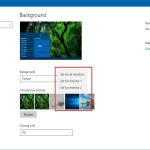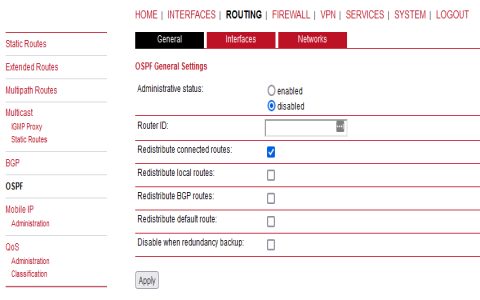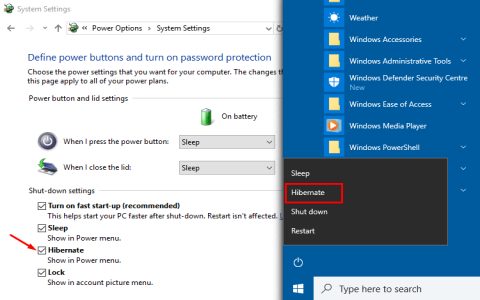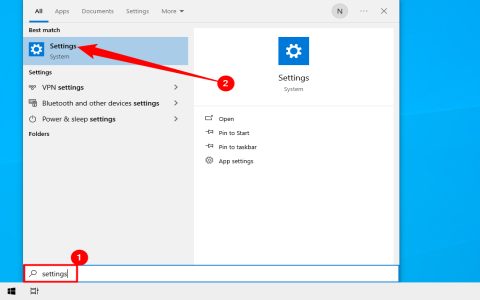PineCam leverages the Raspberry Pi platform to create cost-effective, customizable wildlife monitoring solutions. Its core strength lies in flexibility and local processing.
Essential Components & Setup
Core Hardware:
- Compute Module: Raspberry Pi Zero W (2W recommended) or Pi 3A+/4B.
- Camera: Raspberry Pi Camera Module (v2/v3), HQ Camera, or compatible USB webcam.
- IR Illumination: Passive infrared (PIR) motion sensor + separate IR LEDs.
- Power: Robust supply: solar panel + USB power bank or large capacity battery.
- Housing: Weatherproof case with cable glands.
Software & Configuration
Operating System: Lightweight OS like Raspberry Pi OS Lite.
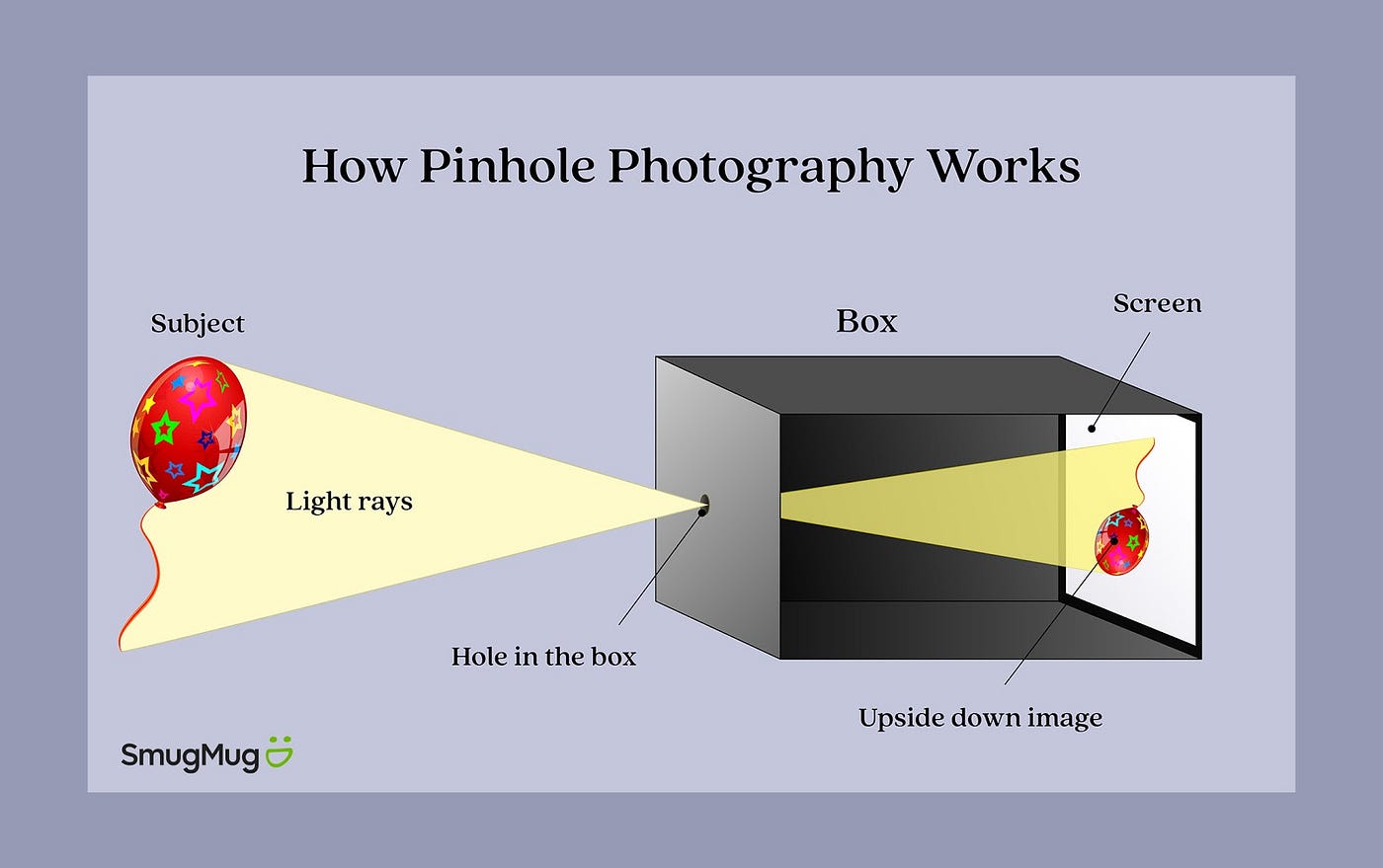
Core Software Options:
- MotionEyeOS: Pre-configured image; user-friendly web GUI.
- Custom Setup: Install `motion` or `motioneye` manually for deeper control.
Key Configurations:
- Network: Configure robust Wi-Fi or use Ethernet with Pi 4.
- Remote Access: SSH for management.
- Triggering: Integrate GPIO controls for PIR sensor.
- Storage: High-endurance microSD card; configure local saving or network storage targets.
- IR Sync: Program GPIO to switch IR LEDs with camera night mode/PIR detection.
Deployment Optimization
Placement:
- Aim camera downward slightly to maximize detection zone.
- Minimize reflective surfaces near lens/IR LEDs.
- Ensure clear view, avoiding vegetation movement.
Weatherproofing: Thoroughly seal all ports/cable entries; use desiccant packs inside housing.
Motion Detection: Fine-tune sensitivity, area masking, and pre/post-capture buffers.

Power Management: Enable device sleep modes where possible; optimize trigger detection thresholds.
Maintenance: Schedule periodic checks for lens clarity, battery level, and storage capacity.





